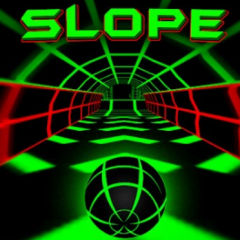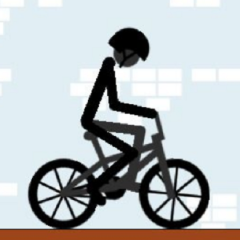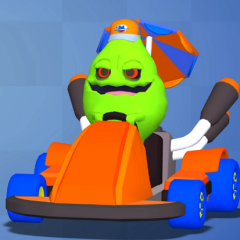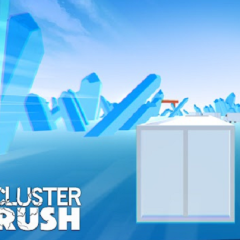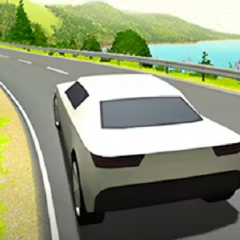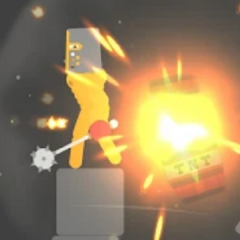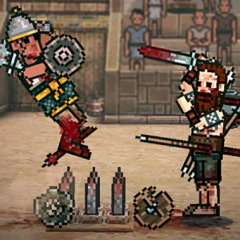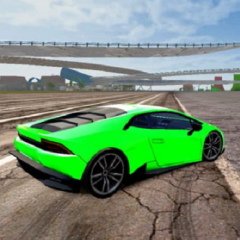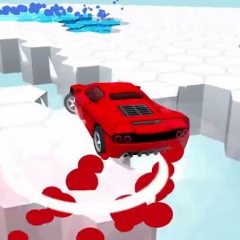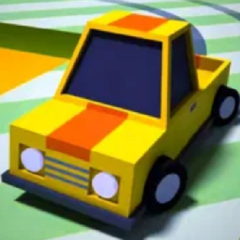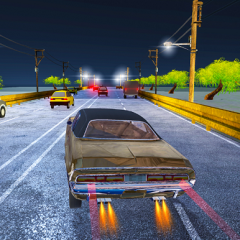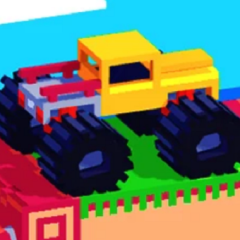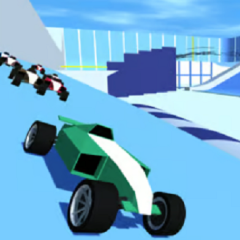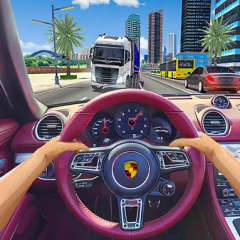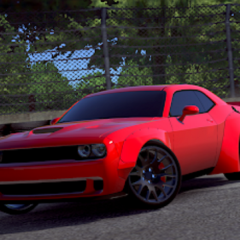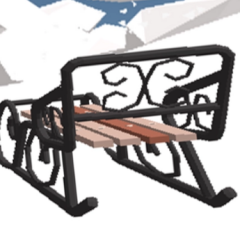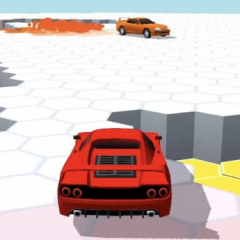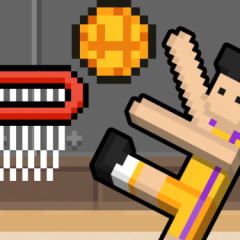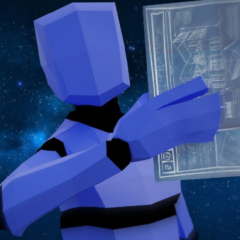Slope is a reaction-based game where the player guides a ball down a suspended track made of geometric sections. The ball accelerates automatically, and the only control the player has is shifting it left or right to stay on the surface. The aim is to move as far as possible without falling off or crashing into fixed obstacles. The speed increases gradually, leaving less time to respond to turns or gaps. The track appears in real time and adapts in shape, which removes predictability from each run.
Navigating the Environment
Each section of the track consists of ramps, sharp angles, and unpredictable slopes. The narrow path has no borders, so any overcorrection or delayed input results in the ball falling. The player must continuously adjust their position, often reacting in less than a second. While early parts of the game allow for easier steering, later moments demand absolute timing. There is no pause or reset option during the run—failure leads to an instant end, followed by a restart from the beginning.
Structural Elements That Define Slope
The core gameplay experience is built on consistent mechanical features:
- Forward-only movement without stopping
- Automatic increase in speed over time
- Instant collision detection with red blocks
- Continuous score tracking based on duration
- Procedurally generated track layout for each attempt
These elements create a system that depends on concentration and directional accuracy.
Visual Setup and Player Focus
The visuals use a high-contrast color scheme where the green track stands out against a dark background. The ball is centered and reacts immediately to each input, with no delay between movement and response. Since there are no other characters or items on screen, the player’s attention remains entirely on the moving surface and incoming shapes. There are no sound cues or tutorials in the standard version—progress is made through direct interaction with the environment.
Short Sessions and Long-Term Practice
Players tend to restart frequently to improve performance or attempt longer runs. Each session lasts only as long as the player can avoid failure, which creates a short loop of repetition. There are no unlocks, stages, or adjustable settings; the experience stays the same on each attempt. Improvement comes through practice, with the player learning to respond to curves and shifts faster. Slope is designed to measure how long a player can maintain control as conditions become less forgiving.

